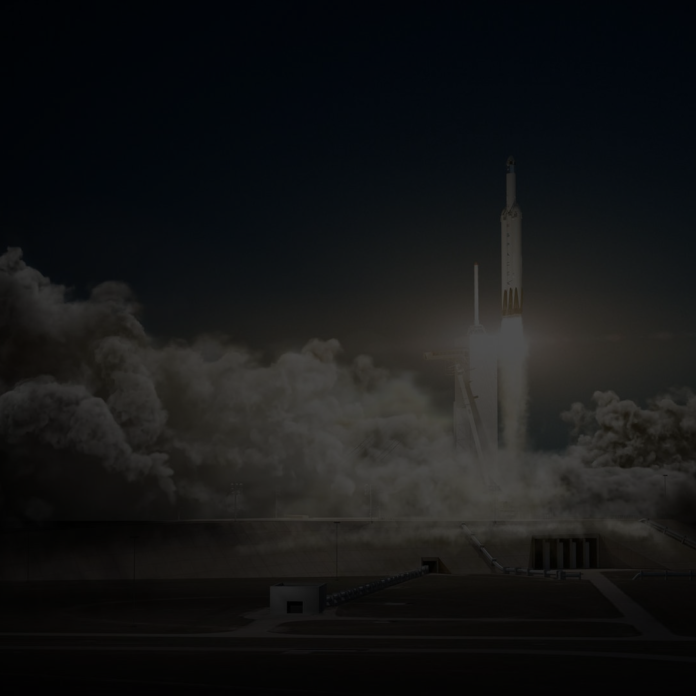As a dominant force in the realm of space exploration, SpaceX has gained notoriety. Reusable rockets, inexpensive launches, and commercial missions are just a few of the company’s ground-breaking inventions that have propelled it to a global stage. Although the mission and accomplishments of SpaceX are admirable, they are not the only contributions to space exploration provided by other space research organisations.
The most recent update from the Indian Space Research Organization (ISRO) could pose a significant threat to SpaceX.
We wrote a piece in July 2022 pleading with SpaceX to think about entering the Indian space business. Our case was predicated on the substantial price differential between the ISRO PSLV rocket and SpaceX’s Falcon 9 rocket, which cost about $25,000 and $5000, respectively, per kilogramme of cargo.
Furthermore, even though SpaceX offers low costs per kilogramme of payload, they rarely have rideshare missions that can carry smaller satellites. In contrast, ISRO has a track record of successfully launching PSLV rockets with co-passenger satellites.
After ISRO completed the Reusable Launch Vehicle Autonomous Landing Mission (RLV LEX) successfully, the playing field has altered, and the company may overtake SpaceX as a formidable rival in the years to come.
On April 2, 2023, ISRO’s RLV accomplished a historic accomplishment by making its first autonomous landing. The RLV was transported by a Chinook Helicopter and released mid-air. Using an integrated navigation, guidance, and control system, it successfully made its way down to the ATR airstrip.
A long way off for space tourism?
The accomplishment of the RLV demonstrates that ISRO has the know-how and technology necessary to create reusable rockets that can compete with SpaceX. In a recent interview, ISRO Chairman Sivan said that following the GSLV Mk III, ISRO will develop a reusable rocket. Reusable technology in launch vehicles is the only method to reach the goal of lowering the cost to USD 5,000 or even USD $1,000 per kg.
To achieve this, ISRO has been developing a number of technologies, including as the Inflatable Aerodynamic Decelerator (IAD) used in this mission. To land the rocket on Earth again, Sivan claimed they would need a retro-propulsion system.
Mission Gaganyaan
Not only that, but SpaceX’s business of carrying astronauts to the space station may face competition from India’s Gaganyaan mission. The project is a risky and ambitious venture designed to show off the nation’s capacity for human spaceflight.
A three-person crew will be launched into a 400 kilometre orbit for the duration of the mission, and they will be brought safely back to Earth after three days.
In order to do this, the Indian Space Research Organization (ISRO) has teamed with business and academia, utilising its in-house expertise, to create key technologies such a human-rated launch vehicle, life support system, crew management features, and emergency escape provisions.





